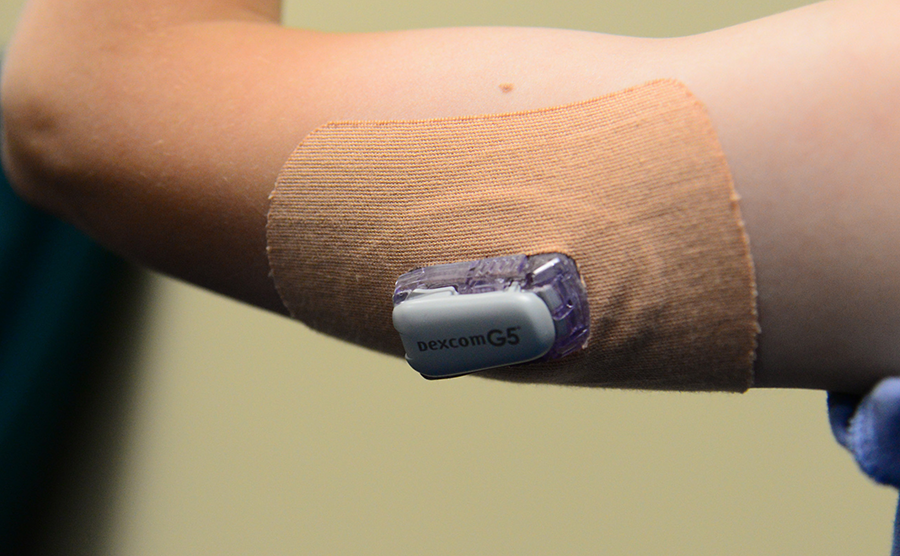Popular health wearables such as smartwatches or implanted medical devices and patches typically require batteries which need to be recharged. Now, researchers at Washington State University have found a method to overcome that obstacle; they’ve developed a unique fuel cell that harvests glucose and turns it into enough electric power to energize a biosensor attached to it.
Related Flexible self-powered biosensors for Precisely and Continuously Monitoring Biological Signals
The research team was led by Subhanshu Gupta, assistant professor in WSU’s School of Electrical Engineering and Computer Science.
The team demonstrated a unique integration of the biofuel cell with electronics to process physiological and biochemical signals with high sensitivity, reports Washington State University.
As the biofuel cell doesn’t use any toxic ingredients and is supposedly more stable, therefore it is safe and applicable for long term applications within the body.
The researchers believe this innovative technology can be used to develop heart monitors, continuous glucose monitoring devices, and other health wearables. The new sensor could also remove the need to prick a finger for testing of certain diseases, such as diabetes.
The study was published in the journal IEEE Transactions on Circuits and Systems.
Study in the designing of the biofuel cell was led by Professors Su Ha and Alla Kostyukova from the Gene and Linda School of Chemical Engineering and Bioengineering.

“The human body carries a lot of fuel in its bodily fluids through blood glucose or lactate around the skin and mouth,” said Gupta. “Using a biofuel cell opens the door to using the body as potential fuel.”
The electronics in the sensor was created using state-of-the-art design and fabrication so that it eats up only a few microwatts of power and at the same time, be highly sensitive. Combining it with the biofuel cell makes it more efficient than traditional battery-powered devices, said Gupta.
Relying on body glucose for power means the sensor can be powered indefinitely, and it can run on sugar produced just under the skin.
The researchers said the sensor could be mass produced, which will make them very cheap and affordable.
Related Wireless Implantable Devices Can Be Powered By Radio Frequency Waves
While the new sensors have been tested in the lab, the team hopes to test them in blood capillaries, which will require regulatory approval. They’re also working to further improve and increase the power output of the biofuel cell.
“This brings together the technology for making a biofuel cell with our sophisticated electronics,” said Gupta. “It’s a very good marriage that could work for many future applications.”












